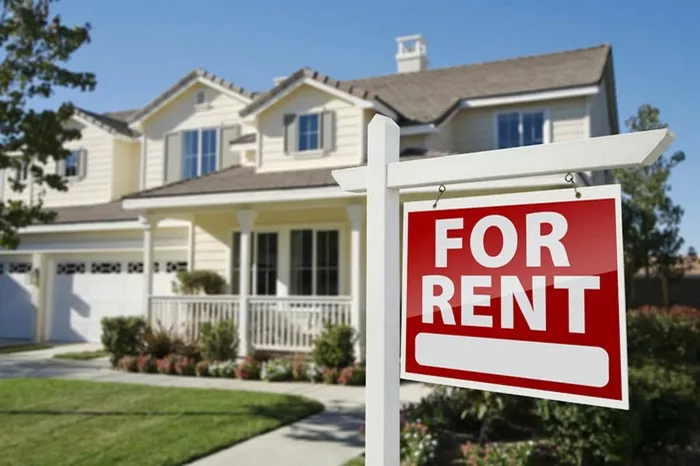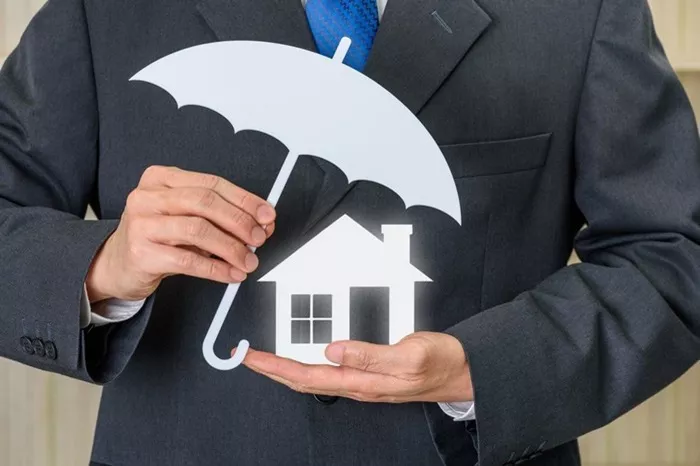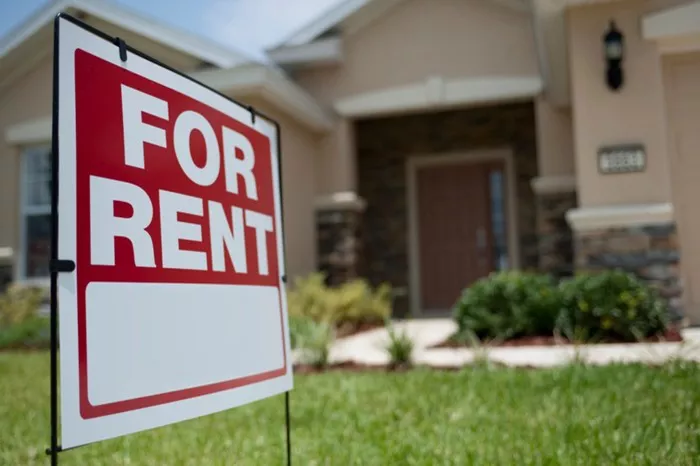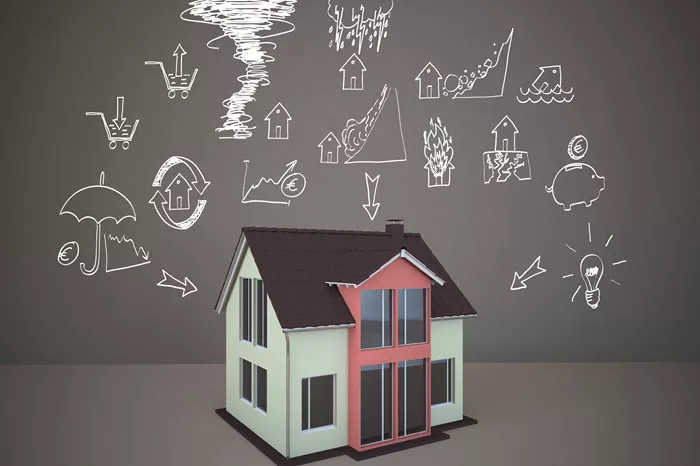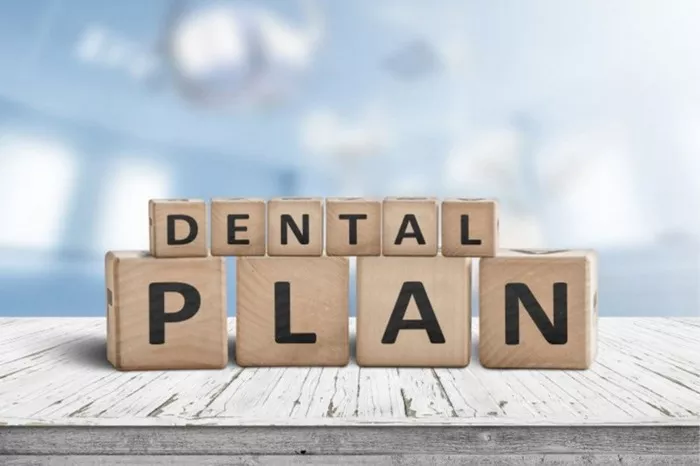Home insurance in Texas has become increasingly expensive, a trend that has caused concern among homeowners and insurance professionals alike. Understanding why home insurance is so high in Texas involves examining a variety of factors, including natural disasters, property values, construction costs, and market dynamics. This comprehensive analysis will explore these elements in detail, providing insight into the high premiums that Texas homeowners face and offering strategies for managing and potentially reducing these costs.
Factors Contributing to High Home Insurance Costs in Texas
Several factors contribute to the high cost of home insurance in Texas. Each factor plays a role in determining the premiums that homeowners are required to pay.
Natural Disasters and Weather Risks
Texas is known for its extreme and varied weather conditions. The state’s susceptibility to natural disasters significantly impacts home insurance rates.
Hurricanes
Texas’s coastal regions are particularly vulnerable to hurricanes. The Atlantic hurricane season brings powerful storms that can cause extensive damage to homes. Insurance companies must account for the high risk of hurricane-related claims, leading to higher premiums for homeowners in these areas.
Tornadoes
Central and North Texas are part of “Tornado Alley,” where tornadoes are more frequent. The destructive potential of tornadoes necessitates higher insurance premiums. Homeowners in these areas face increased costs due to the high risk of tornado damage.
Flooding
Flooding is a major concern in Texas, especially in regions prone to heavy rainfall and hurricanes. Standard home insurance policies typically do not cover flood damage, requiring homeowners to purchase separate flood insurance. The high frequency of floods in Texas contributes to the overall cost of home insurance.
High Property Values
The rising value of properties in Texas directly impacts home insurance premiums. Higher property values mean that insurance companies must cover larger amounts for repairs or replacements, which translates to higher premiums for homeowners.
Rising Construction and Repair Costs
The cost of construction and repairs has been on the rise due to several factors, including inflation, supply chain disruptions, and increased labor costs. As construction and repair costs increase, insurance companies adjust their premiums to account for these rising expenses.
Insurance Market Dynamics
The dynamics of the insurance market in Texas also play a significant role in determining home insurance rates.
Limited Competition
In some regions of Texas, there may be limited competition among insurance providers. When fewer companies are offering home insurance, there is less pressure to keep rates competitive. This lack of competition can lead to higher premiums for homeowners.
Regulatory Environment
The regulatory environment in Texas can influence home insurance rates. Specific regulations and requirements may impact pricing and coverage options. Changes in regulations or increased requirements may lead to higher costs for insurance providers, which are passed on to policyholders.
Claims History and Risk Assessment
Insurance companies use historical data and risk assessment tools to determine premiums. Areas with a high frequency of claims may face higher insurance rates. Homeowners in these areas may see increased premiums due to the perceived higher risk.
Understanding the Components of High Insurance Costs
To fully grasp why home insurance is so high in Texas, it’s essential to break down the components that contribute to overall insurance costs.
Risk Factors
Insurance companies assess various risk factors when setting premiums. In Texas, risk factors include:
Frequency of natural disasters
Historical data on property damage
Local weather patterns
Crime rates in the area
Policy Coverage
The extent of coverage provided by a home insurance policy can affect premiums. Policies with broader coverage options or higher limits typically come with higher premiums. Homeowners should carefully review their coverage options to ensure they are not overpaying for unnecessary coverage.
Deductibles and Premiums
The relationship between deductibles and premiums is an important consideration. Higher deductibles often result in lower premiums, while lower deductibles lead to higher premiums. Homeowners should evaluate their financial situation and risk tolerance when choosing a deductible.
Discounts and Savings Opportunities
Insurance providers often offer discounts for various factors, such as:
Bundling home and auto insurance
Installing security systems or fire alarms
Maintaining a good claims history
Being a loyal customer
Homeowners should inquire about available discounts to potentially reduce their insurance costs.
See Also: What Should My Homeowners Insurance Cover?
Strategies for Managing Home Insurance Costs
While some factors influencing home insurance rates are beyond homeowners’ control, there are steps individuals can take to manage and potentially reduce their insurance expenses.
Shop Around for Insurance
Comparing quotes from multiple insurance providers can help homeowners find the best coverage at a competitive rate. It is essential to evaluate coverage options and not just focus on the premium amount.
Increase Deductibles
Increasing the deductible on a home insurance policy can lead to lower premiums. Homeowners should consider their financial situation and ability to cover higher out-of-pocket costs before opting for a higher deductible.
Mitigate Risks
Taking steps to mitigate risks can result in lower insurance premiums. Examples include:
Installing storm-resistant windows
Reinforcing the roof
Implementing flood prevention measures
These actions can reduce the likelihood of damage and potentially lower insurance costs.
Bundle Insurance Policies
Many insurance providers offer discounts for bundling home insurance with other types of coverage, such as auto insurance. Homeowners should explore bundling options to potentially save on overall insurance costs.
Maintain a Good Claims History
A history of few or no claims can positively impact insurance premiums. Homeowners who maintain a good claims history and demonstrate responsible property management may be eligible for lower rates.
Review and Adjust Coverage Regularly
Regularly reviewing and adjusting insurance coverage ensures that homeowners are paying for appropriate coverage. Over time, property values and risk factors may change, necessitating updates to insurance policies.
Consider Alternative Insurance Options
In some cases, homeowners might explore alternative insurance options or programs offered by specialized insurers. These alternatives may provide more competitive rates or tailored coverage for specific risks.
Conclusion
In conclusion, the high cost of home insurance in Texas can be attributed to a variety of factors, including natural disasters, rising property values, and market dynamics. By understanding these factors and taking proactive steps to manage insurance expenses, homeowners can navigate the complexities of home insurance in Texas more effectively. While some elements driving up insurance costs are beyond individual control, there are strategies available to help reduce premiums. Shopping around for the best rates, increasing deductibles, and implementing risk mitigation measures are just a few ways homeowners can manage their insurance costs.
FAQs
1. How can I lower my home insurance premiums in Texas?
There are several strategies you can employ to potentially lower your home insurance premiums in Texas. First, shopping around and comparing quotes from different insurance providers can help you find more competitive rates. Increasing your deductible is another effective way to reduce your premium, though it requires a financial cushion to cover higher out-of-pocket expenses. Implementing risk mitigation measures, such as installing storm-resistant windows or upgrading your home’s security system, can also lead to lower premiums. Additionally, bundling home insurance with other policies, like auto insurance, may qualify you for discounts. Maintaining a good claims history and regularly reviewing your coverage to ensure it aligns with your current needs can also help manage costs.
2. What types of natural disasters should I be particularly concerned about in Texas?
In Texas, homeowners need to be particularly concerned about hurricanes, tornadoes, and flooding. Coastal regions are at high risk for hurricanes, which can cause severe damage to homes and increase insurance premiums. Central and North Texas experience frequent tornadoes, which pose a significant risk to property. Flooding is also a major concern across the state, exacerbated by heavy rainfall and storm surge from hurricanes. Each of these natural disasters can result in substantial damage, making it essential for homeowners to understand their risk levels and ensure they have appropriate coverage.
3. Does Texas offer any special programs or discounts for home insurance?
Yes, Texas does offer several programs and discounts for home insurance. Insurance providers may offer discounts for installing safety features such as burglar alarms, smoke detectors, and storm-resistant windows. Additionally, some insurers provide discounts for bundling home insurance with auto insurance or other policies. There are also programs designed for specific groups, such as senior citizens or military members, which may offer additional savings. It’s important to discuss available discounts with your insurance provider and explore all options to reduce your premiums.
4. How often should I review my home insurance policy?
It is recommended to review your home insurance policy at least once a year or whenever significant changes occur in your life or property. Changes such as home renovations, major purchases, or alterations in property value can affect your insurance needs. Additionally, annual reviews allow you to assess whether your coverage still meets your needs and if you are taking full advantage of any available discounts. Regular reviews help ensure that you are not overpaying for coverage you no longer need or underinsured for risks that have increased. Staying proactive about your insurance policy helps you maintain optimal coverage and manage costs effectively.


